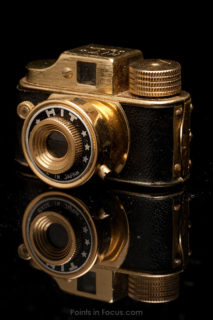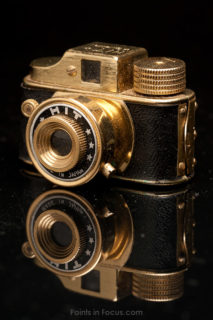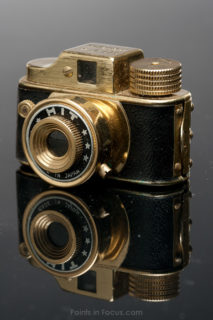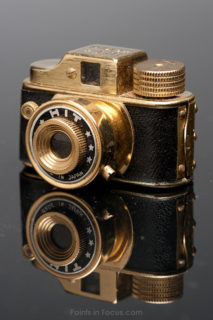Background Brightness: Not black or white, but dark or light.
Question: What’s the difference between black background paper and white background paper?
Answer: 4-1/3 stops, or more, flash power.
It might seem like an obvious idea at first that if you want a black background, you need black background paper or the inverse for white. The truth is that the color and brightness of the background has everything to do with light on it and almost nothing to do with color of it.
In fact, if you haven’t already, it might be best to make two major shifts in thinking about backgrounds.
First, background materials on need to be neutral colored. In general, there’s no reason to buy colored background papers. Muslin backgrounds, because of how they’re used, are a different story. When it comes to rolls of background paper, you can do virtually anything with neutral grays, specifically black and white. If you want color, gel your background light the color you want and blamo, instant colored background. Better yet, using this you can generate colors that are far more saturated than the background paper ever could be.
Second, since the background is neutral in color, its tonality controls how much light it reflects, not its color. Color becomes a mechanism for controlling light not actual color. This is the root of the question that started this article, and the meat of what I’m going to talk about. This is actually in important mechanism for controller spill, and isolating background colors.
Like most things in photography, choosing the background is more about balancing one of the 10,000 variables you have to deal with than anything else.
First up are two shots of a camera on a black background. The first was shot with a black background paper, the second with white. In both cases, the “front surface mirror” was black acrylic[i].
On the flip side, the following two images with “light” backgrounds are shot again, one with black and one with white background papers.
Could the backgrounds been lighter in the second set? Sure. However, this where I go back to what I said, about color controlling, namely black, controlling flash power. The difference between full power yields gray at f/11 to 1/32 power yields gray at f/11 is exactly that. That’s the difference.
For this article I shot a product, and a small one at that, instead of say a model, but there’s no difference stepping up to a larger subject other than increasing flash power and controlling how evenly the background is lit. Actually, stepping up to a model in some ways makes things more flexible, since a wider aperture will drop the flash powers needed to light the background significantly.
[i] In both cases, the subject was on a black first surface mirror. Because of the way the acrylic works, a white sheet is simply incapable of producing anything but a pure white background.




Comments
There are no comments on this article yet. Why don't you start the discussion?